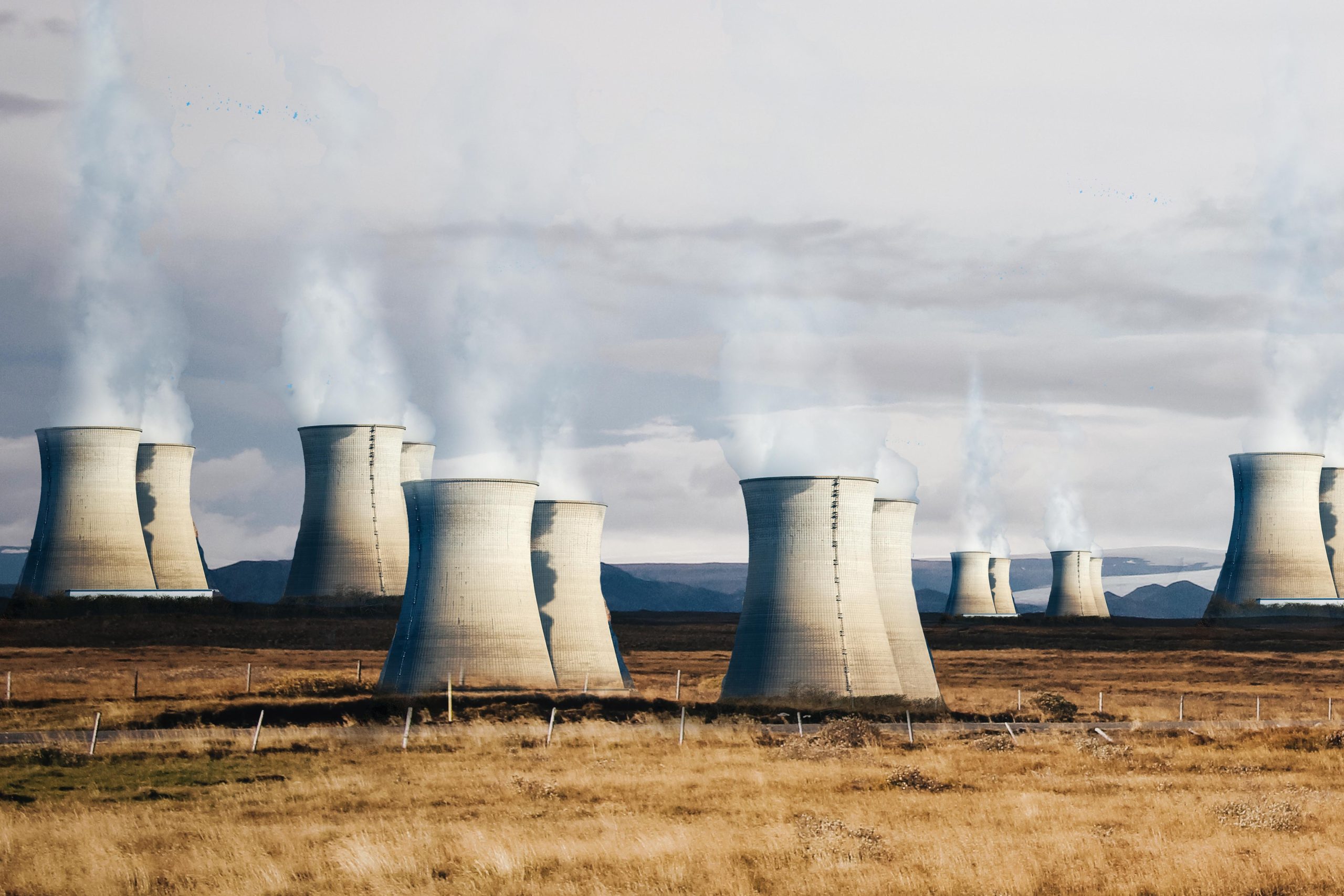
Twenty African countries now court nuclear power, but only a small group—roughly four—has moved beyond paperwork into tangible projects. Even with momentum, the continent’s nuclear bet will lift generation capacity only marginally by mid-century compared to overall demand growth.
South Africa remains the sole operator: Koeberg’s two reactors feed about 2 GW into the grid, with Unit 1’s life extended by 20 years in 2024. Egypt is building the 4.8-GW El Dabaa plant, targeting first power in 2028. Others—Ghana, Rwanda, Kenya, Namibia, and Nigeria—are laying the regulatory and workforce foundations, with timelines that stretch into the 2030s and beyond. Kenya, which set up a dedicated nuclear agency in 2012 and an independent regulator, aims for a first reactor by 2037 and is studying multiple small modular reactors (SMRs). Ghana is in talks with international vendors, including the US-based NuScale, for both a large plant and SMRs. Nigeria has tendered a 4,000-MW plant and signed preliminary supplier agreements.
An International Atomic Energy Agency outlook frames two paths. In a bullish case, Africa’s nuclear capacity triples by 2030 and rises tenfold by 2050 versus 2022 levels—demanding more than $100 billion in investment and leaning heavily on SMRs to compress costs and schedules. A slower track merely doubles capacity by 2030 and quintuples it by 2050. Either way, nuclear would supply only 1.4%–3.3% of Africa’s electricity by 2050—well below today’s global average of 9.2%.
The timing is unforgiving. More than 500 million Africans still lack electricity, while fossil fuels provide over 70% of the continent’s energy. Governments see nuclear as a low-carbon baseload anchor, but capital intensity, long build times, and regulatory depth are gating factors. SMRs promise smaller first-of-a-kind bets and modular scaling—but financing, grid integration, and supply-chain maturity will decide whether this ambition survives contact with reality.
